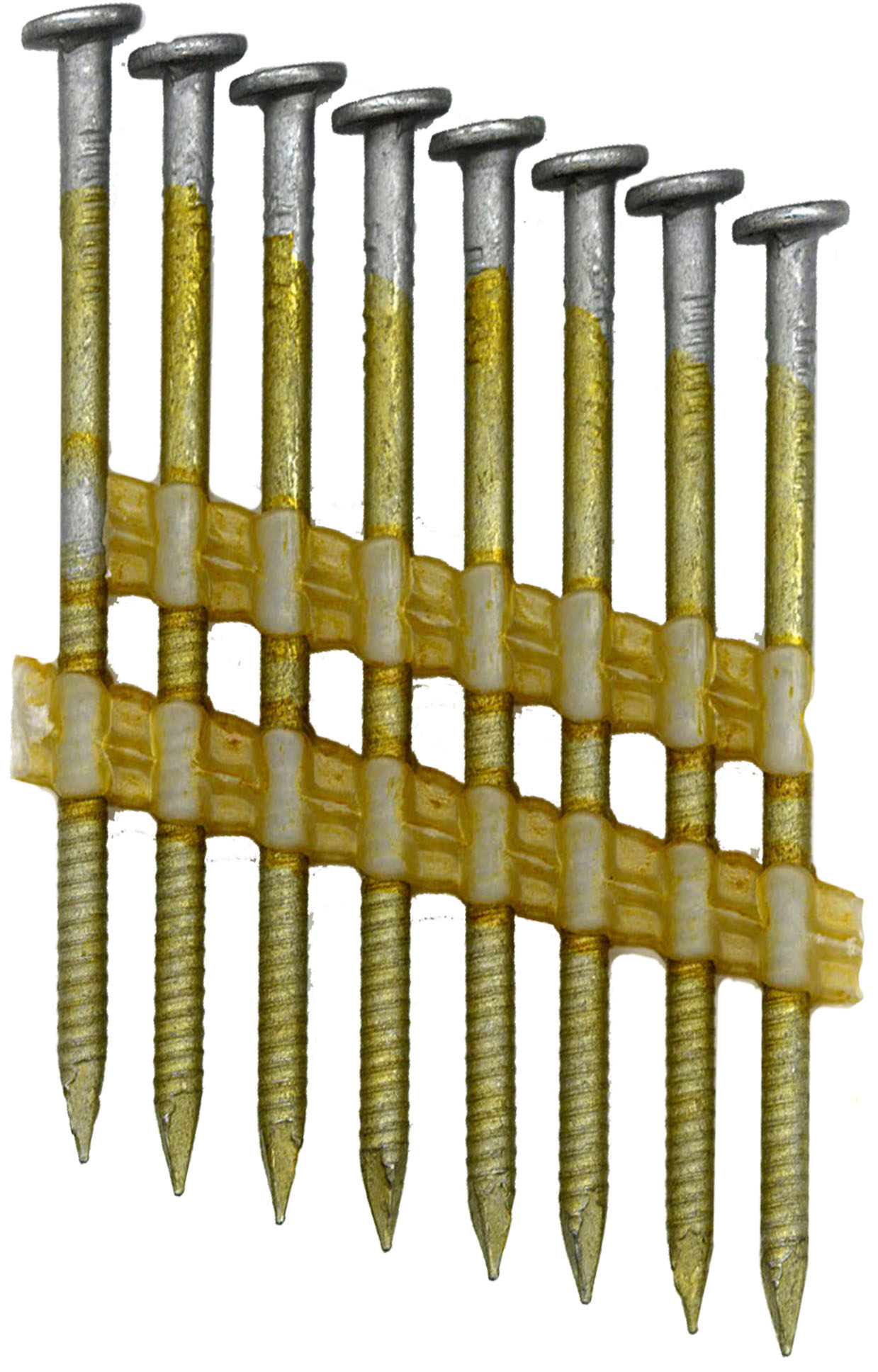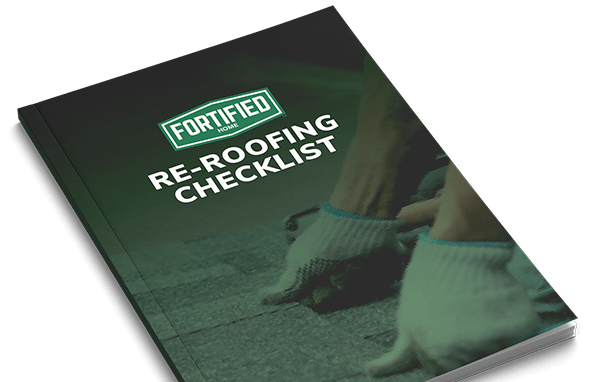Roof damage often begins when wind gets underneath the roof edge and begins ripping it away from the home. To help protect this vulnerable area, FORTIFIED requires specific materials and installation methods including a wider drip edge and a fully adhered starter strip that when used together create a stronger system.
Instead of common smooth nails, FORTIFIED requires ring-shank nails installed in an enhanced pattern to help keep the roof deck attached to your home in high winds. In fact, using ring-shank nails nearly doubles the strength of your roof against the forces of winds.
If wind rips off your roof covering―such as shingles, metal panels or tiles―this exposes the wood beneath and allows water to pass through the gaps and enter your home. FORTIFIED requires roofs to be sealed to prevent this type of water damage.
FORTIFIED requires shingles tested by IBHS to best withstand hail up to 2 inches in diameter.


FORTIFIED goes beyond emergency and disaster preparedness to give you peace of mind knowing your roof is structurally resilient and will better withstand severe weather.
